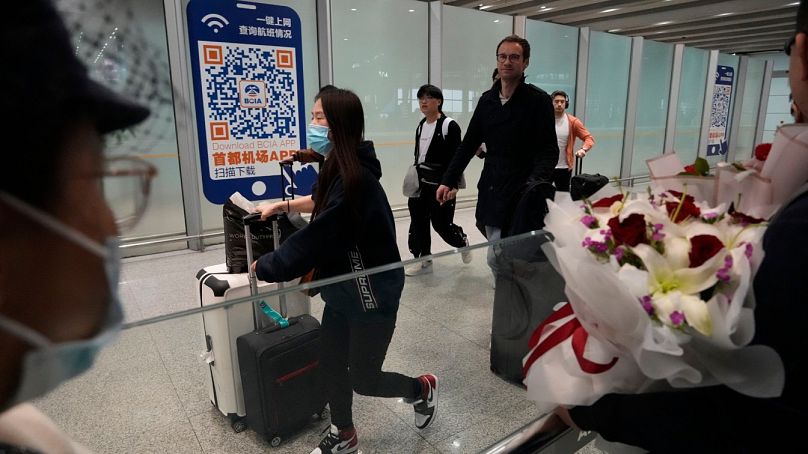China is reopening to foreign tourists and accepting valid visas issued before the pandemic.
China will reopen its borders to tourists and resume issuing all visas on Wednesday 15 March 2023.
It is one of the last major countries to reopen its borders to tourists following three years of COVID-19 restrictions. The announcement Tuesday came after it declared a “decisive victory” over the virus in February.
The country will resume issuing all types of visas will from Wednesday. Visa-free entry will also return at destinations such as Hainan island and for cruise ships entering Shanghai that had no visa requirement before the pandemic.
Are Chinese visas issued before the pandemic still valid?
If you were issued a visa before 28 March 2020 that is still valid, you will be allowed to enter China.
"From March 15, visas that we issued before the pandemic are still valid and will be reactivated," Chinese Foreign Ministry spokesperson Wang Wenbin told reporters on Tuesday.
"The review and issuance of tourist visas and other types of visas will be resumed, and visa-free entry for several places will be resumed.”
Those travelling from Hong Kong and Macao will be allowed to enter Guangdong in southern China visa-free.
Do you need a COVID-19 test to enter China?
The notice didn't specify whether vaccination certificates or negative COVID-19 tests would be required.
According to the UK's foreign travel advice, those entering China will need to register a negative PCR test prior to departure (within 48 hours of their flight's arrival). Those arriving with symptoms may be subject to an antigen test. They will be released to self-quarantine if they test positive and the symptoms are mild.
However, Wang said that China had “optimised measures for remote testing of people coming to China from relevant countries," allowing pre-boarding antigen testing instead of PCR tests. “We also hope that all parties will join China in creating favourable conditions for cross-border exchanges," he added.
In November 2022, China ended its controversial ‘circuit breaker’ mechanism. This much-criticised rule meant that all international flights to China could be banned for one to two weeks when a 'high' number of infected passengers were discovered on arrival.
In December, the country began loosening its harsh COVID zero policy and slightly lifted its restrictions on international travellers.
On 8 January 2023, mainland China lifted its quarantine requirement for inbound travellers. It also began issuing visas for residents to travel overseas.
What are Hong Kong's current travel rules?
Hong Kong has also gradually been lifting restrictions and now fully open to tourists.
The city scrapped mandatory hotel quarantine in September 2022. In December, authorities dropped movement restrictions and mandatory on-arrival PCR tests previously applied to international arrivals. Limits on live music and the number of diners per table in restaurants were also dropped.
In January 2023, mandatory quarantine was dropped for those who test positive for COVID-19.
As of 1 March, residents and visitors are no longer required to wear masks in public - including on public transport.
Rapid antigen testing is only required for those visiting public hospitals and residential care homes.
What are COVID cases like in China now?
Testing has “been well implemented, and the epidemic risk is generally controllable,” according to Wang.
China experienced a surge in infections after its zero-COVID policy was lifted in December. However official data on cases was limited, and many feared that the country was underreporting the situation.
The country of 1.4 billion people reported three new COVID-related deaths for Tuesday 27 December, up from one on the previous day. However, these numbers were inconsistent with what funeral parlours were reporting, as well as with the experience of much less populous countries after they re-opened.
Between 8 December 2022 and 12 January 2023, China reported just under 60,000 COVID-related deaths versus just 13 recorded the previous month. This is partly because it began including deaths from underlying conditions.













